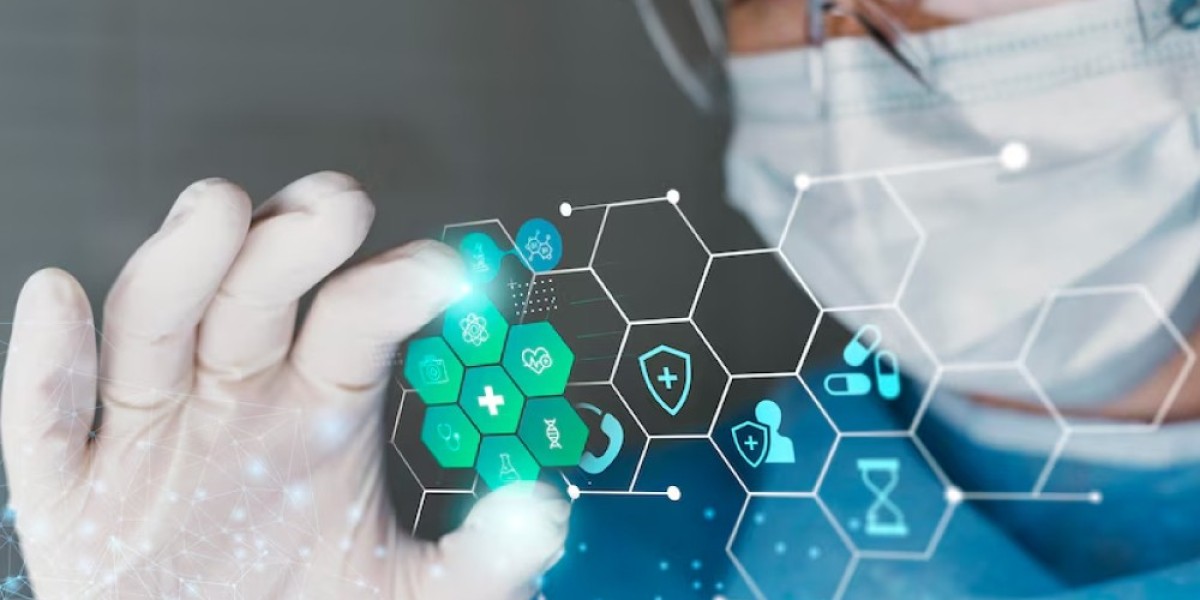? Sustainable Glassware: How Labs Are Going Green Without Compromising Precision
In 2025, sustainability isn’t just a buzzword — it’s a mandate. As research institutions, universities, and industrial labs push the frontiers of science, they’re also reimagining their environmental footprint. And guess what? One of the most unexpected heroes of this transformation is something we often take for granted: laboratory glassware.
From beakers to flasks to pipettes, lab glassware is essential for conducting precise experiments. But for decades, much of this glassware — particularly single-use items — has contributed significantly to laboratory waste. Now, researchers and manufacturers are innovating ways to keep precision intact while embracing greener practices.
? The Shift Toward Sustainability
A few years ago, sustainability in laboratories mostly meant proper disposal and occasional recycling. But in 2025, it’s about rethinking the entire lifecycle of lab glassware. Manufacturers are introducing high-quality, durable glassware designed for repeated use, while labs are implementing cleaning protocols that maximize longevity.
For instance, borosilicate glass — renowned for its resistance to thermal shock and chemical corrosion — remains the gold standard for sustainable lab equipment. Labs are increasingly investing in borosilicate items that can withstand hundreds, even thousands, of cycles through autoclaves and high-temperature ovens. These investments not only reduce waste but also save long-term costs.
? Cutting Back on Disposable Culture
It’s easy to see why disposable labware became so popular. Convenience, sterility, and ease of use made single-use glassware (and its plastic cousins) the norm. But the hidden cost — mountains of waste — has prompted a reevaluation.
Today’s sustainable labs are challenging this culture. Many are adopting closed-loop systems, where reusable glassware is cleaned, sterilized, and rotated back into service. Some institutions have gone a step further by phasing out single-use plastics altogether, relying instead on rigorously cleaned glass pipettes and volumetric flasks.
Imagine a university lab where, instead of discarding dozens of plastic pipettes every day, students and researchers use a set of high-quality glass alternatives that are cleaned and reused. The environmental impact is profound — and the savings add up fast.
♻️ The Cleaning Conundrum — and Its Solutions
One of the biggest challenges with reusable glassware is maintaining sterility and precision without damaging the equipment. Improper cleaning can leave behind residues that compromise experimental results or degrade the glass over time.
This is where technology is stepping in. In 2025, automated cleaning systems have become more sophisticated, using environmentally friendly detergents and optimized wash cycles. Ultrasonic baths, steam sterilizers, and eco-friendly cleaning agents are minimizing chemical use and water waste.
Some labs have even partnered with green-certified cleaning providers, outsourcing the process to ensure both sustainability and compliance with rigorous standards.
? The Role of Green Chemistry
Sustainability in laboratory glassware isn’t just about the tools — it’s about what goes inside them. Green chemistry, a movement aimed at designing chemical products and processes that reduce hazardous substances, is transforming how labs operate.
For instance, researchers are shifting toward solvent-free reactions, aqueous-based systems, and bio-based reagents. These changes reduce the need for aggressive cleaning agents and extend the life of glassware, reducing both environmental impact and costs.
? Precision Without Compromise
Skeptics might wonder: Can sustainable glassware maintain the same level of precision and accuracy as traditional options? The answer, increasingly, is a resounding “yes.”
Advances in glass formulation and design have led to glassware that not only lasts longer but also retains precise calibration. Manufacturers are producing volumetric flasks with tighter tolerances, pipettes with improved accuracy, and beakers that resist staining and residue buildup. The result? Green doesn’t mean a compromise on performance.
?? Human Stories Behind the Shift
Talk to any lab technician or researcher in 2025, and you’ll likely hear personal stories about the shift to sustainable glassware. From junior researchers advocating for zero-waste policies to lab managers who’ve implemented green cleaning protocols, the human element is at the heart of this transformation.
One memorable example comes from a biotech startup in Boston. Their lab manager, frustrated by the sheer volume of waste, initiated a switch to reusable borosilicate glassware. Within six months, they cut lab waste by 40% and saved thousands in procurement costs — all while maintaining impeccable precision in their assays.








